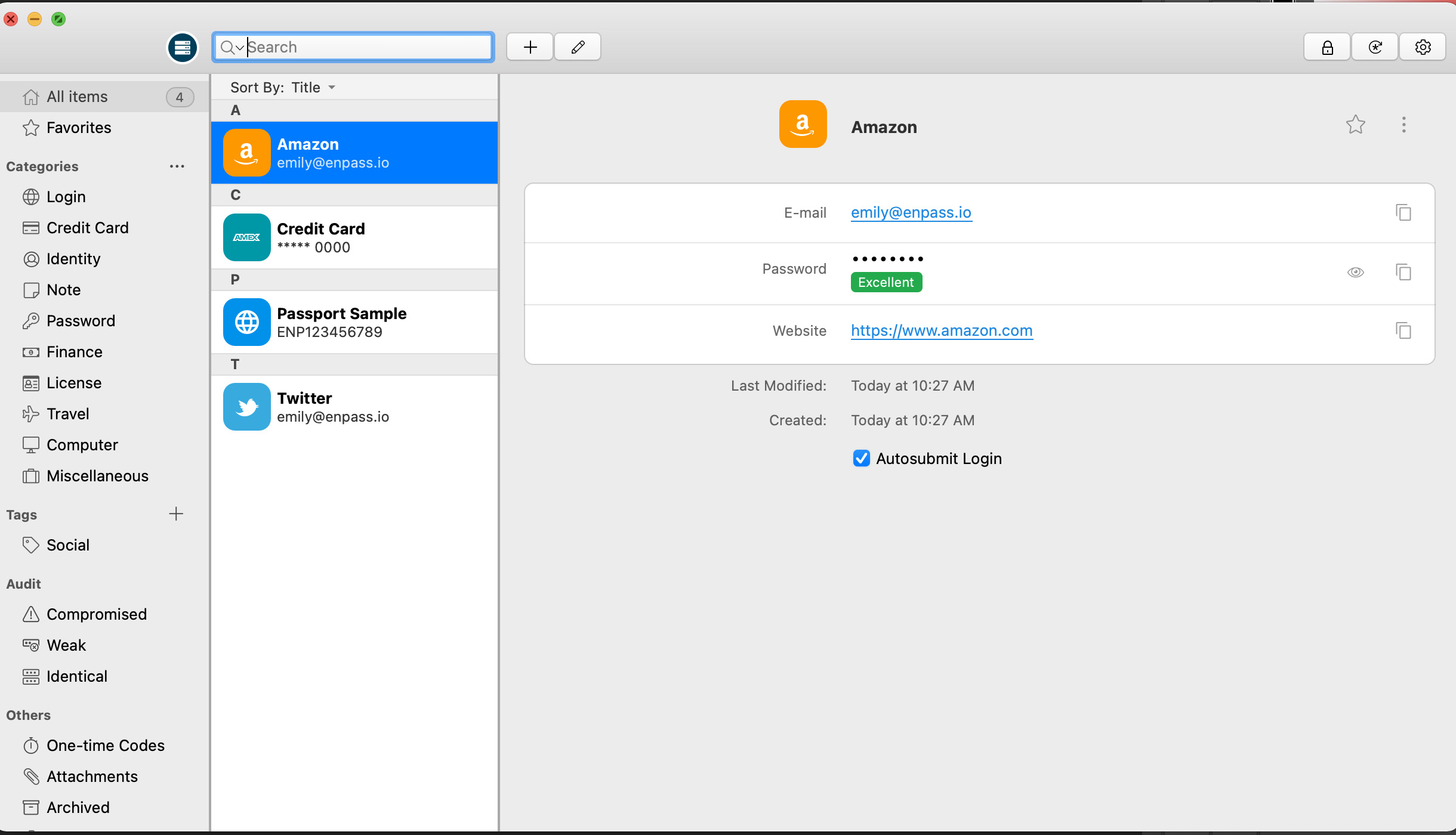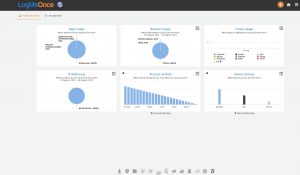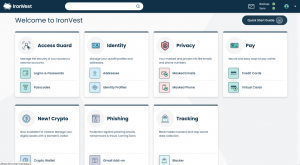

Managing the hundreds of passwords we need to manage our affairs is hard enough without a complex password supervisor adding another barrier. Enpass is a straightforward solution to assist people enhance their password health and protect their most sensitive data even if they do not have a high degree of technical know-how.
Enpass: Getting started
Enpass is used as a desktop app for Windows, macOS, and Linux and a mobile buddy app for Android and iOS. Once you download the desktop app, onboarding with Enpass is easy. You’re prompted to register a new account and after that to create a master password. As soon as that’s done, Enpass launches a quick setup tab that lets you install its browser plugin, allow touch ID access, check for jeopardized passwords, and other options with a basic toggle. After that, you can import your passwords from your internet browser, a CSV file, or directly from more than a dozen other password managers.
Note: See our roundup of the best password managers to learn about competing products, what to search for in a password manager, and product recommendations.
Enpass enables you to save login credentials, charge card details, individual ID information, licenses, passports, and more in your vault and keeps whatever arranged in an intuitively identified category menu. A search bar across the top of the user interface helps with finding specific entries, which can be made more searchable through tags and sub-tags. Enpass instantly produces a primary vault when you set up your account, but you can create additional vaults to more easily separate work from personal logins.
Enpass: Features
Once you’ve occupied your vault, Enpass can examine all your entries for compromised, weak, similar, or breached passwords. Any culprits can be changed using Enpass’ password generator. By default, it develops passphrases rather than random character strings; expressions can be from two to 15 words– the default is 6– and can include uppercase letters and digits and separate each word with a hyphen. Enpass also supports random-character-string passwords– you just toggle off the “pronounceable” alternative– of up to 32 characters. You choose what kind of characters to use and how many of each.
While the Enpass desktop app shops and syncs your information, capturing and replaying login credentials are managed by its internet browser extension. Rather than dropping down from your internet browser’s toolbar like other password extensions, it displays as a separate window that drifts over the page. When you log in to a website for the first time, the plugin will record your username and password.
Enpass: Security
Unlike the majority of other password supervisors, Enpass doesn’t submit your information to its servers. To sync your information across several devices, you require to either link your Enpass account with a cloud service like Dropbox or Google Drive or set up Wi-Fi sync to keep your Enpass data up to date across devices on the same cordless network.
Enpass encrypts your information with 256-bit AES and SQLCipher to better safeguard against brute-force and side-channel attacks. It does not, nevertheless, use multi-factor authentication. The company discusses on its site that if you choose to save your information offsite with a cloud service like Google Drive or One Drive, you are currently allowing multi-factor security: Your data is protected by your Enpass master password and your cloud-account credentials, plus any additional authentication your cloud company requires such as one-time codes, biometric recognition, or an app-specific password. In this situation, Enpass argues, anybody attempting to steal your passwords would need to survive three layers of authentication. It does support using Keyfiles, though, which can be required in mix with your master password to decrypt your Enpass information. Here once again, users will require to search instructions for establishing a Keyfile in Enpass assistance documentation.
Enpass: Sharing
You can share passwords and other entries from the desktop app however doing so surfaces a caution that items shared outside Enpass aren’t encrypted. To protect them, you need to define a pre-shared secret– basically a password you produce to show the recipient of the product prior to you share the item itself– in Enpass’ innovative settings. Ad-hoc file encryption, you can toggle off fields in the product you do not desire to share. Once you’re prepared to share, you send the product via email or copy it to the clipboard to share a different method.
Password inheritance isn’t currently supported. Inheritance features, which are consisted of with some other password managers including Keeper and LastPass, allow designated people to access your passwords and sensitive data in the event of your death. Given that Enpass is developed to mostly work offline, it’s not surprising it doesn’t support this capability. It’s worth thinking about if you need to designate a custodian for your information after you’re gone.
Enpass: The strategies
Enpass is totally free to utilize on Windows, Mac, and Linux. You get access to all the desktop app’s functions and unlimited syncing throughout desktop gadgets. You can sync up to 10 items in a single vault with mobile devices.
To do any more than that you’ll require a paid strategy. The Individual strategy costs $23.99 per year and removes all entry, syncing, and vault limitations. It also offers security notifies for site breaches and will determine any accounts in your vault that support two-factor identification. The Family plan extends the very same features to as much as six users for $47.99 a year. You can also acquire a long-term lifetime license for a specific for a flat cost of $99.99.
Should you use Enpass password supervisor?
If you’re new to password supervisors or just want an option that’s not excessively complex, Enpass is worth the financial investment. It does not have the sophisticated abilities found in some of our top picks, it offers all the fundamental password management features you require to secure and safely use your sensitive data in a remarkably user friendly app.






